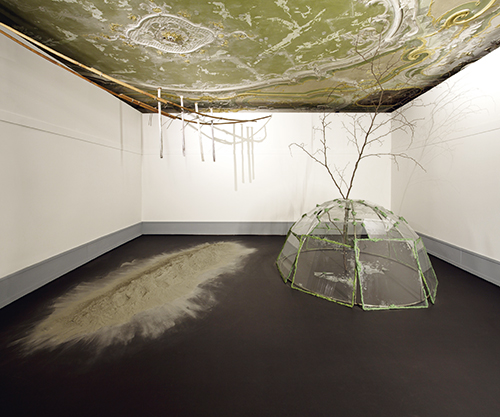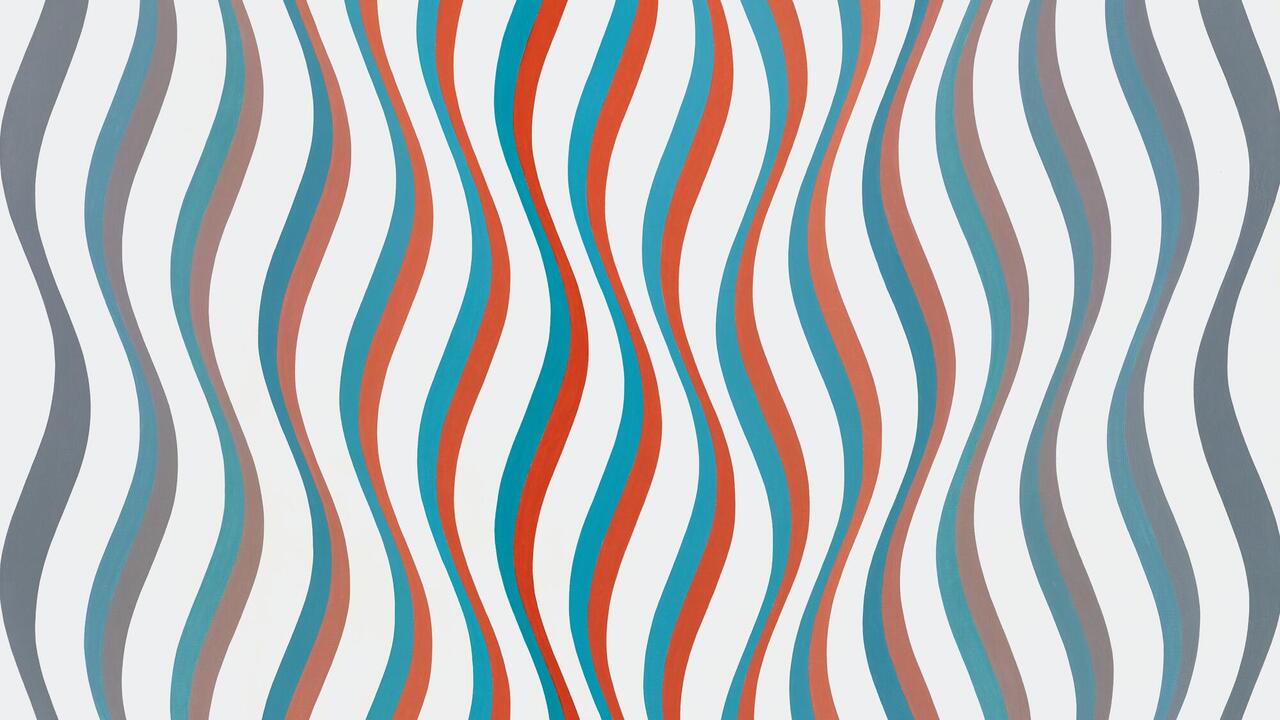Currents: Shows On Show
How are historic exhibitions re-exhibited?
How are historic exhibitions re-exhibited?

For some years now, there has been a trend towards resurrecting legendary exhibitions. Outstanding current examples are When Attitudes Become Form. Bern 1969/Venice 2013 at Fondazione Prada in Venice and Living With Pop. A Reproduction of Capitalist Realism at Kunsthalle Düsseldorf. At Cologne’s Wallraf Richartz Museum last year, the Sonderbund show that took place there in 1912 was recently ‘repeated’ as 1912 – Mission Moderne with a selection of available originals. And a similarly centenary-marking show at Kunstmuseum Bonn this year, An Expressionist Summer – Bonn 1913 was based on August Macke’s Exhibition of Rhineland Expressionists. The list could be extended endlessly with examples from around the world. To name just one: the Pictures exhibition at New York’s Artists Space in 1977 has been revisited twice: in 2001 by the Artists Space itself, and then in 2009 by the Metropolitan Museum of Art.
This phenomenon can be seen as part of a wider tendency towards connoisseurial recapitulation, from Jean-Luc Godard’s Histoire(s) du cinéma (1988–98) to the latest Daft Punk album Random Access Memories (2013) that examines, in the form of a track-cum-interview, the invention of electronic dance music by Giorgio Moroder. But all this throws up a whole host of questions: Is authenticity an opportunity or a trap? Is history being processed or invented? Is aura being evoked or stripped of its magic? Is the avant-garde being reactivated or rendered harmless? And before we go any further: none of my examples allows a clear answer to these binary questions.

The spectrum extends from documentary presentations to free staged adaptations to detailed remakes. Living With Pop at Kunsthalle Düsseldorf, curated by Elodie Evers, Magdalena Holzhey and Gregor Jansen, tends towards the first category. It looks back at a series of programmatic exhibitions in Düsseldorf and other German cities 50 years ago that launched the careers of Manfred Kuttner, Konrad Lueg, Sigmar Polke and Gerhard Richter with art made in reaction to Pop while turning away from glamour. First, in 1963, the four artists showed a selection of their canvases in a vacant shop. Soon after, Polke and Richter organized an action at the Berges furniture store that included placing a three-piece suite and a table on white plinths. Instead of attempting to faithfully recreate these and other situations, the show at Kunsthalle Düsseldorf stuck to vintage black and white photographs showing the events, but blown up as life-size wallpaper. These were joined by smaller-scale documentary artefacts such as correspondence and invitation cards. Immersion took place, but formal precision remained elusive. The same principle applied to the paintings, with only original-size printed reproductions on show. One might suspect that this was done to save money (most of these works, worth millions, are in private as well as museum collections). But instead of showing an incomplete set of available originals, this twist – much in the spirit of mass culture – allows for a full panorama view onto the pictures made at the time.
In contrast, Fondazione Prada spared no expense or effort to obtain as many as possible of the original works of Minimal, Land Art and Arte Povera sculpture, whose particular materiality necessitates such actual presence. Working closely with Rem Koolhaas and Thomas Demand, Germano Celant transferred the choreography of the original show curated by Harald Szeemann at Kunsthalle Bern in 1969 to the Venetian palazzo in as much detail as possible, from the venue’s layout to the designs of the floor patterns.

The audience was not spared the insight that the show’s individual works (even if some were missing, replaced by dotted outlines), at the time as well as now, cannot have made much of an impact given the crammed way they were installed, a result of the overcrowding that itself resulted from the carte-blanche invitation extended by Szeemann to artists in a spirit of experimentation. What’s more, the almost total absence of work by women heightened this crowdedness towards a scent of sweat-drenched masculinity: when dudes become the norm. This sense, too, was reinforced by the accompanying film material, footage shown on Swiss television at the time: Lawrence Weiner and Michael Heizer are seen talking and gesticulating in the style of cool beatniks pulling a hoax on the public –and who are nonetheless entirely serious about their new art of removing rather than adding, of ‘anyone can do it’ rather than ‘only I can do it’. What we see is an oedipal changing of the guard, but one that took place 44 years ago. Although the avant-garde was not reactivated here, it was also not rendered harmless.
Of course, instead of the old war horses themselves, one might prefer the idea of some fresh foals artistically relating to what happened in Bern in 1969, as was the case in Jens Hoffmann’s When Attitudes Became Form Become Attitudes (CCA Wattis Institute, San Francisco, 2012). But trans-generational meta-commentary doesn’t rule out faithful remakes of the original. The latter would only result in Disneyfication if the reconstruction aimed solely for smooth-running wonderment, with nothing but phantasmic purification throughout. The Venice show does sometimes run this risk, from its exaggerated precision (as when items from Szeemann’s correspondence are labelled ‘ink on paper’ as if they were artworks) to the ever-present danger of lazy-mindedly overlooking the male dominance already criticized by Lucy Lippard at the time. But it would also be lazy-minded to automatically accuse faithful reconstructions of nostalgia, fetishization and of being mere examples of stultifying event culture. In almost 50 years of artistic copying and appropriation, Elaine Sturtevant has proved that accurate remakes in terms of materials, dimensions and process – which included remaking the coal bags hung from the ceiling by Duchamp at the 1938 Surrealism exhibition (Duchamp 1200 Coal Bags, 1973/92), many years before last year’s Manifesta did the same – can give rise to a productive game plan: remembering becomes a historiographical root canal treatment, art history becomes a matter of exploring family constellations. Rather than evoking aura, it is more a matter of checking and documenting whether it ever arose, and if so how. Remakes of entire exhibitions are a form of rhetorical documentary in and of themselves – albeit pushing the limits of the documentary form in risky but potentially rewarding ways.
Translated by Nicholas Grindell














